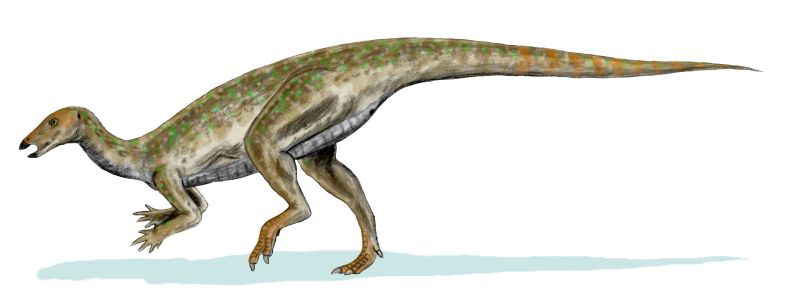When we picture dinosaurs, most of us imagine towering beasts like Tyrannosaurus rex or long-necked giants like Brachiosaurus. However, the dinosaur family was incredibly diverse, including members no larger than modern-day chickens. These miniature dinosaurs challenge our perception of these ancient creatures and provide fascinating insights into dinosaur evolution, behavior, and their relationship to modern birds. Small but mighty, these chicken-sized dinosaurs played crucial roles in prehistoric ecosystems and represent an important chapter in Earth’s evolutionary history.
Microraptor: The Four-Winged Wonder

Among the most famous chicken-sized dinosaurs was Microraptor, a remarkable creature that lived approximately 120 million years ago during the Early Cretaceous period in what is now China. Weighing just a few pounds and measuring about 2.5 feet from nose to tail, Microraptor possessed one of the most distinctive features in the dinosaur world: four wings. Unlike modern birds, Microraptor had flight feathers not only on its arms but also on its legs, creating a four-winged configuration that scientists believe allowed it to glide between trees. This tiny predator had sharp teeth and claws, suggesting it hunted small animals, and preserved stomach contents have revealed it ate fish, mammals, and other small dinosaurs. Microraptor’s exquisitely preserved fossils provide some of the most compelling evidence for the evolutionary link between dinosaurs and birds.
Compsognathus: Once the Smallest Known Dinosaur
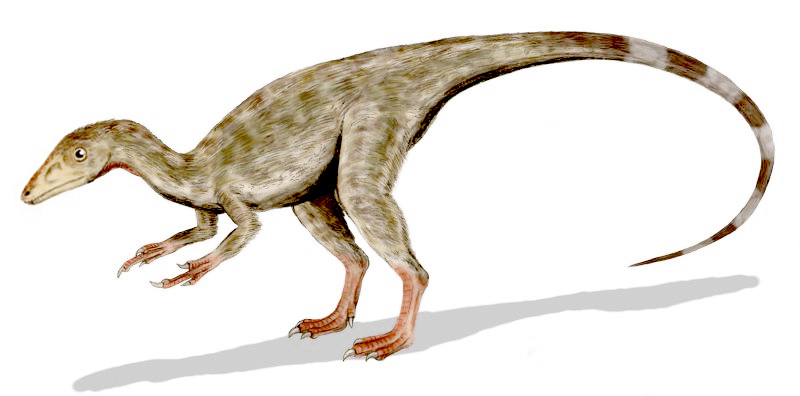
Compsognathus held the title of “smallest known dinosaur” for many years after its discovery in the 19th century. This turkey-sized theropod lived during the Late Jurassic period, approximately 150 million years ago, in what is now Europe. Measuring just over 2 feet in length and weighing roughly 6-7 pounds, Compsognathus was a swift predator that chased lizards and other small animals across the prehistoric landscape. Its fossils reveal a delicate skeleton with hollow bones, similar to modern birds, and a long, balancing tail that helped it maneuver while running at high speeds. Particularly fascinating is a specimen discovered with a small reptile preserved in its stomach region, providing direct evidence of its diet and hunting capabilities. Despite its diminutive size, Compsognathus was a formidable and successful predator in its ecosystem, perfectly adapted to hunting small prey in the Jurassic forests.
Epidexipteryx: The Bizarre Feathered Oddity
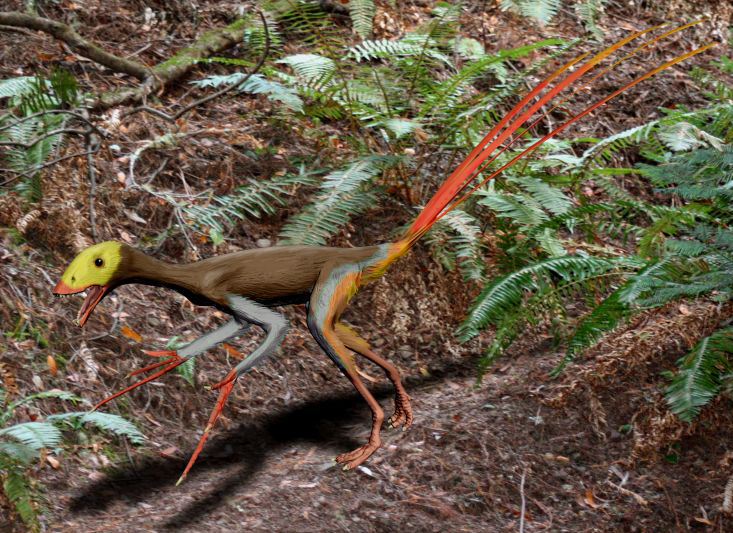
Epidexipteryx represents one of the strangest chicken-sized dinosaurs ever discovered, with features that would look peculiar even in a science fiction film. Living about 160 million years ago during the Middle to Late Jurassic in what is now Inner Mongolia, China, this pigeon-sized dinosaur measured just 25-30 centimeters in length. What makes Epidexipteryx truly remarkable was its unusual combination of features, including primitive feathers covering its body and four extraordinarily long ribbon-like tail feathers that may have been used for display rather than flight. Unlike many small dinosaurs, Epidexipteryx had a proportionally short skull with front teeth projecting forward like tweezers, suggesting it may have specialized in plucking insects from tree bark or vegetation. This peculiar anatomy provides evidence of the diverse evolutionary experiments that occurred as dinosaurs developed features that would eventually lead to birds, showcasing the incredible variety that existed even among the smallest dinosaurs.
Parvicursor: The Swift Little Runner
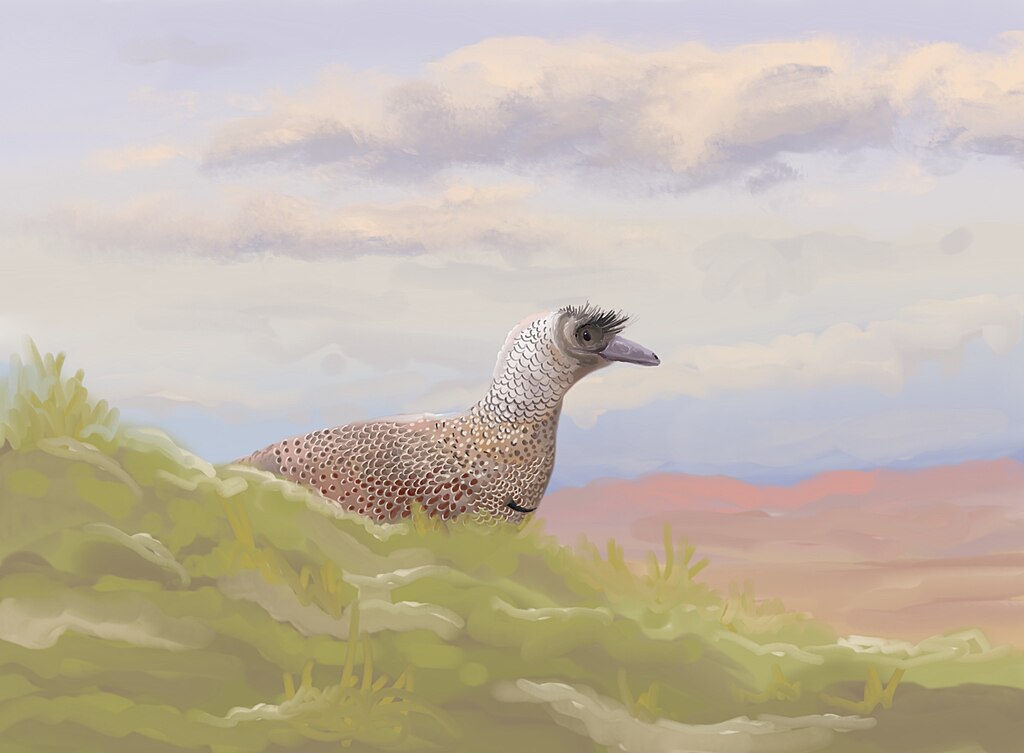
Parvicursor, whose name appropriately means “small runner,” was an exceptionally tiny dinosaur that scurried across the landscapes of what is now Mongolia during the Late Cretaceous period, about 75-85 million years ago. With an estimated weight of just 130 grams (less than a typical smartphone) and a length of around 39 centimeters including its tail, Parvicursor was among the smallest non-avian dinosaurs ever discovered. This minuscule creature belonged to the alvarezsaurid family, a group of bizarre dinosaurs characterized by short but powerful arms with a single enlarged claw. Parvicursor’s extremely lightweight skeleton and long, slender legs suggest it was built for speed, potentially capable of running faster relative to its size than most other dinosaurs. Scientists believe these adaptations helped the tiny dinosaur escape larger predators while pursuing small prey such as insects, making it a specialized hunter in its ecological niche.
Mei long: The Sleeping Beauty

One of the most touching dinosaur fossils ever discovered belongs to Mei long, a chicken-sized troodontid dinosaur from the Early Cretaceous of China, approximately 130 million years ago. The name Mei long means “soundly sleeping dragon” in Chinese, referring to the remarkable preservation of the type specimen, which was found in a bird-like sleeping position with its head tucked under its arm and legs folded beneath its body. This sleeping posture, identical to that used by modern birds, provides compelling evidence of the behavioral links between dinosaurs and their avian descendants. Measuring only about 53 centimeters long, Mei long had a large brain relative to its body size and large eye sockets suggesting good vision, traits that indicate it was likely an intelligent, quick-moving predator. The preservation of Mei long in its sleeping position also suggests it might have died suddenly, perhaps buried by volcanic ash while resting, offering paleontologists a poignant glimpse into dinosaur behavior frozen in time.
Mahakala: The Time Traveler
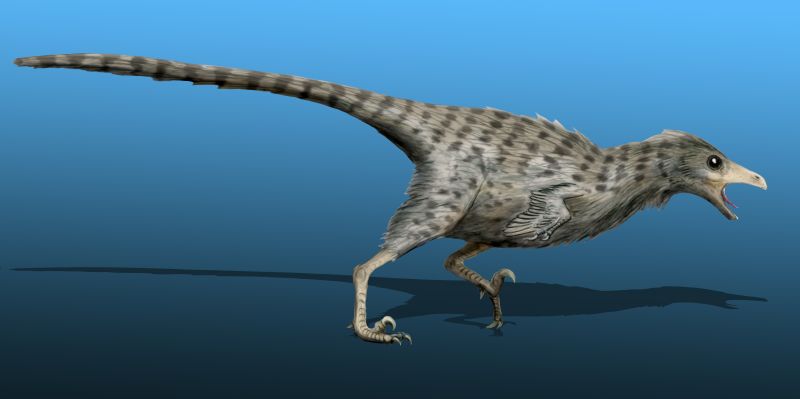
Mahakala omnogovae represents one of the most significant small dinosaur discoveries, not for its size but for what it reveals about dinosaur evolution. Named after a Buddhist deity, this chicken-sized predator lived approximately 80 million years ago in the Late Cretaceous of Mongolia and measured just 70 centimeters in length. What makes Mahakala extraordinary is its position in the dinosaur family tree—it belongs to the dromaeosaurids (raptor dinosaurs) but shows remarkably primitive features, suggesting that the ancestors of famous large raptors like Velociraptor and Deinonychus were actually small-bodied creatures. This discovery turned paleontological thinking on its head, indicating that miniaturization occurred early in the evolution of these dinosaurs rather than being a later adaptation. Mahakala’s small size, combined with its primitive features and relatively late appearance in the fossil record, makes it what scientists call a “transitional fossil,” helping to illuminate the evolutionary pathway that eventually led to modern birds.
Anchiornis: The Dinosaur That Changed Colors

Anchiornis huxleyi, a crow-sized dinosaur from Late Jurassic China approximately 160 million years ago, holds a special place in paleontology as one of the few dinosaurs for which we have direct evidence of color. This chicken-sized creature, measuring about 34 centimeters long and weighing less than a pound, was covered with feathers on its arms, legs, and tail. In a groundbreaking study, scientists analyzed fossilized melanosomes (pigment-containing structures) preserved in Anchiornis feathers and determined it had a primarily grey body with white feather fringes on its wings and legs, and a reddish-brown crest on its head. This revolutionary discovery not only gave us our first accurate coloration of a dinosaur but also demonstrated that complex feather patterns evolved before flight capabilities. Anchiornis represents a transitional form between dinosaurs and birds, possessing features of both groups, and its small size further supports the theory that miniaturization was an important step in the evolution of flight.
Hesperonychus: North America’s Smallest Dinosaur

Hesperonychus elizabethae holds the distinction of being the smallest known dinosaur discovered in North America. Living about 75 million years ago during the Late Cretaceous, this chicken-sized predator roamed the forests of what is now Alberta, Canada. Weighing approximately 2 kilograms (4.4 pounds) and standing about as tall as a domestic chicken, Hesperonychus belonged to the dromaeosaurid family, making it a diminutive cousin to Velociraptor. Despite its small stature, Hesperonychus possessed the characteristic enlarged sickle-shaped claw on each foot that identified it as a raptor dinosaur. The discovery of Hesperonychus was particularly significant because it filled a gap in the North American fossil record, showing that small predatory dinosaurs were present in North America much like they were in Asia. This tiny raptor likely hunted insects, small mammals, and perhaps even baby dinosaurs, occupying an ecological niche similar to modern-day hawks or small cats.
Eosinopteryx: The Reduced Flyer
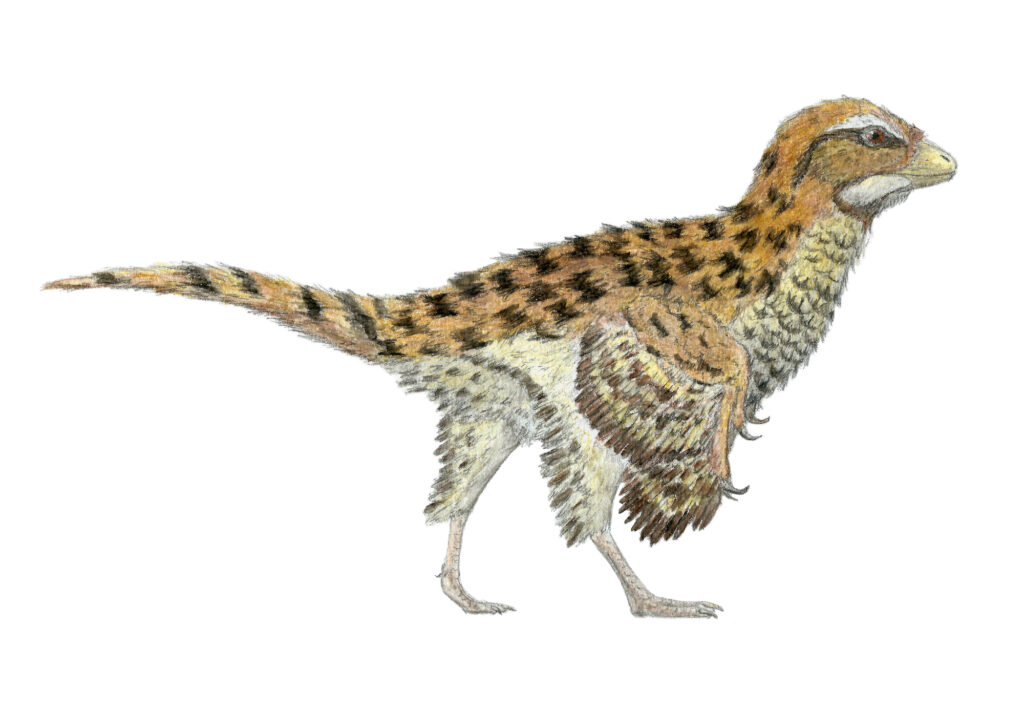
Eosinopteryx brevipenna represents another fascinating chapter in the story of feathered, chicken-sized dinosaurs from the Late Jurassic of China. Measuring only about 30 centimeters in length, roughly the size of a modern pigeon, this small dinosaur lived approximately 160 million years ago. What makes Eosinopteryx particularly interesting is its reduced plumage compared to its close relatives. While clearly possessing feathers, Eosinopteryx had shorter feathers on its legs and a shorter tail than similar dinosaurs like Anchiornis, suggesting it was less adapted for gliding or flying. This reduction in feathering, combined with its short arms and feet that appear adapted for running, indicates Eosinopteryx may have been more of a ground-dweller. The discovery of this small dinosaur demonstrates the diversity of ecological adaptations even among closely related species, suggesting that the evolution of feathers and flight-related features wasn’t a simple linear progression but rather a complex process with different lineages developing various specialized adaptations.
Chicken-Sized Dinosaurs and the Evolution of Flight

The abundance of chicken-sized dinosaurs in the fossil record provides crucial insights into how flight evolved in the dinosaur lineage that eventually led to birds. For decades, paleontologists debated whether flight evolved from “ground up” (running dinosaurs that eventually took to the air) or “trees down” (tree-dwelling dinosaurs that developed gliding abilities). The discovery of numerous small, feathered dinosaurs has helped clarify this evolutionary pathway. Small body size was likely a prerequisite for flight evolution, as it reduced the power required to become airborne. Many chicken-sized dinosaurs like Microraptor show intermediate stages between non-flying and flying animals, with features such as asymmetrical flight feathers and wing-like structures that weren’t yet capable of true powered flight but could have been used for gliding or increasing jumping distance. The presence of flight-related features in dinosaurs that weren’t yet fully capable of flight, including enlarged wishbones and hollow bones, suggests that many of these adaptations evolved initially for other purposes before being co-opted for aerial locomotion. This evolutionary story is preserved most clearly in these small-bodied dinosaur species.
The Ecological Role of Mini Dinosaurs
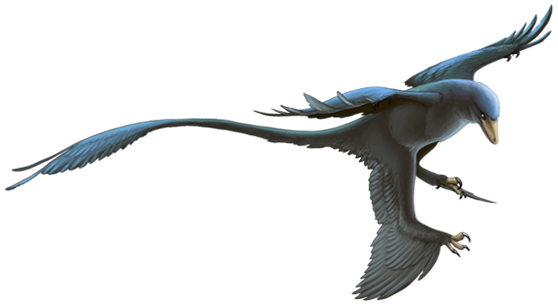
Chicken-sized dinosaurs played crucial ecological roles in their ancient ecosystems, occupying niches that would be filled by small mammals and birds in modern environments. These diminutive dinosaurs were likely insectivores and small-prey specialists, controlling insect populations and serving as important links in prehistoric food webs. Their small size allowed them to exploit resources inaccessible to larger dinosaurs, such as hunting in dense undergrowth or possibly climbing trees to access seeds, fruits, and canopy-dwelling insects. Additionally, these small dinosaurs served as prey themselves for larger predators, forming a critical middle tier in the trophic structure of Mesozoic ecosystems. The abundance and diversity of small dinosaur species suggest they were highly successful, with some paleontologists proposing that these diminutive forms may have actually outnumbered large dinosaurs in terms of individual animals, though their delicate skeletons were less likely to fossilize. Understanding the ecological roles of these chicken-sized dinosaurs provides a more complete picture of ancient ecosystem dynamics and helps explain how dinosaurs dominated Earth’s terrestrial ecosystems for over 150 million years.
Why Size Matters: The Advantages of Being Small
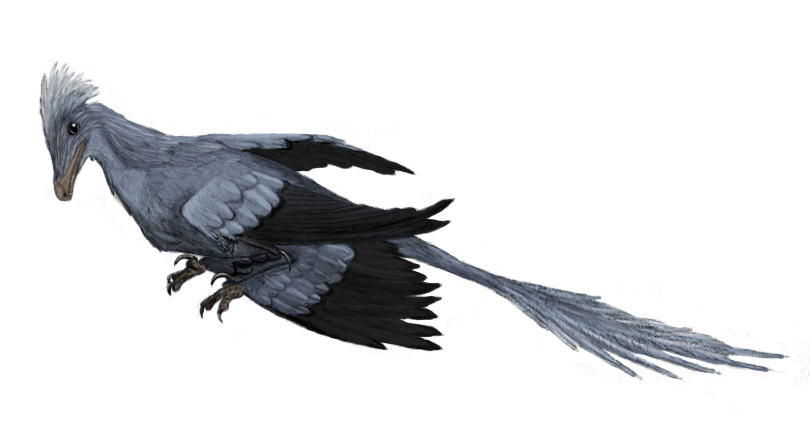
The evolution of chicken-sized dinosaurs demonstrates the significant advantages that small body size conferred in certain evolutionary contexts. Smaller bodies require less food to sustain, allowing these dinosaurs to survive in environments where resources might be limited or during times of ecological stress. Their reduced size meant they could hide more effectively from larger predators, utilizing cover that wouldn’t conceal their larger relatives. Smaller dinosaurs likely reached sexual maturity more quickly than their larger counterparts, potentially reproducing at a faster rate and allowing their populations to recover more rapidly from environmental disruptions. From an evolutionary perspective, the miniaturization seen in these dinosaurs created opportunities for novel adaptations—smaller bodies made aerial lifestyles more achievable, opened up new ecological niches like tree-dwelling, and allowed for specialized feeding strategies. The success of these small-bodied forms is evidenced by the fact that the only surviving dinosaurs—birds—evolved from small-bodied ancestors rather than from the iconic giants that often dominate our perception of dinosaur life.
Finding and Reconstructing Tiny Dinosaurs
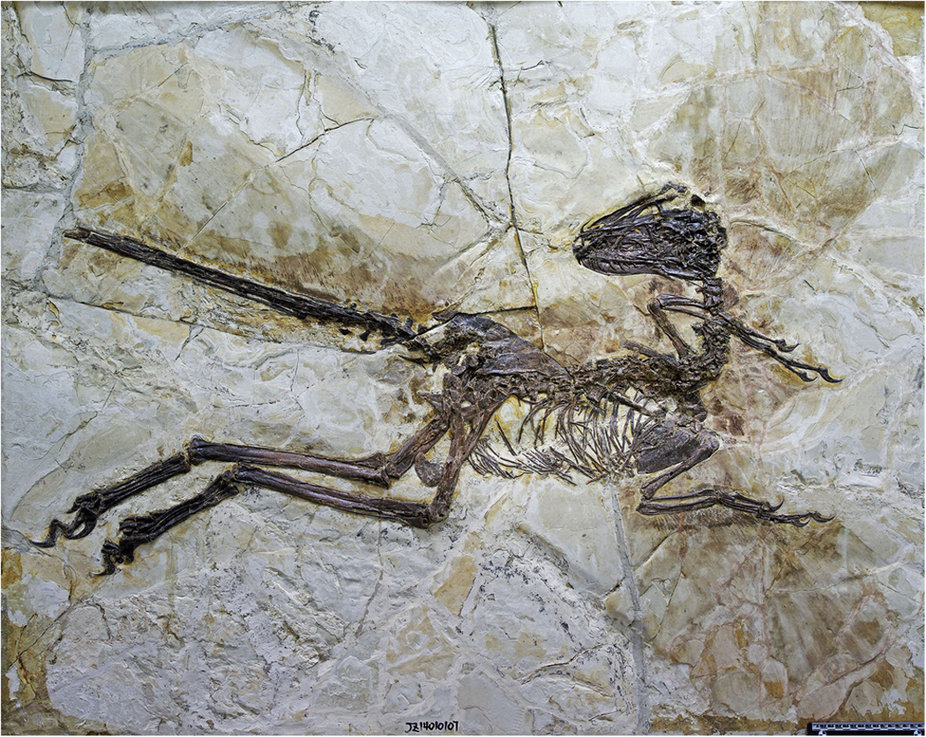
Discovering and accurately reconstructing chicken-sized dinosaurs presents unique challenges that have shaped our understanding of these animals. Their small, delicate bones are far less likely to fossilize than the robust skeletons of larger dinosaurs, creating a preservation bias in the fossil record that historically led to an underrepresentation of small species. The fine sediments of ancient lake beds in places like Liaoning Province in China have proven exceptional for preserving these delicate creatures, often capturing soft tissues like feathers that revolutionized our understanding of dinosaur appearance. Modern paleontological techniques, including CT scanning and microscopic analysis, have been crucial in studying these small specimens, revealing details invisible to earlier generations of scientists. The reconstruction of tiny dinosaurs often relies on multiple specimens and comparative anatomy with modern birds, allowing paleontologists to fill in gaps in the fossil record. With each new discovery, our picture of these diminutive dinosaurs becomes clearer, demonstrating that the dinosaur world was populated not just by giants but by a diverse array of small, specialized species that help tell the complete story of dinosaur evolution.
Conclusion
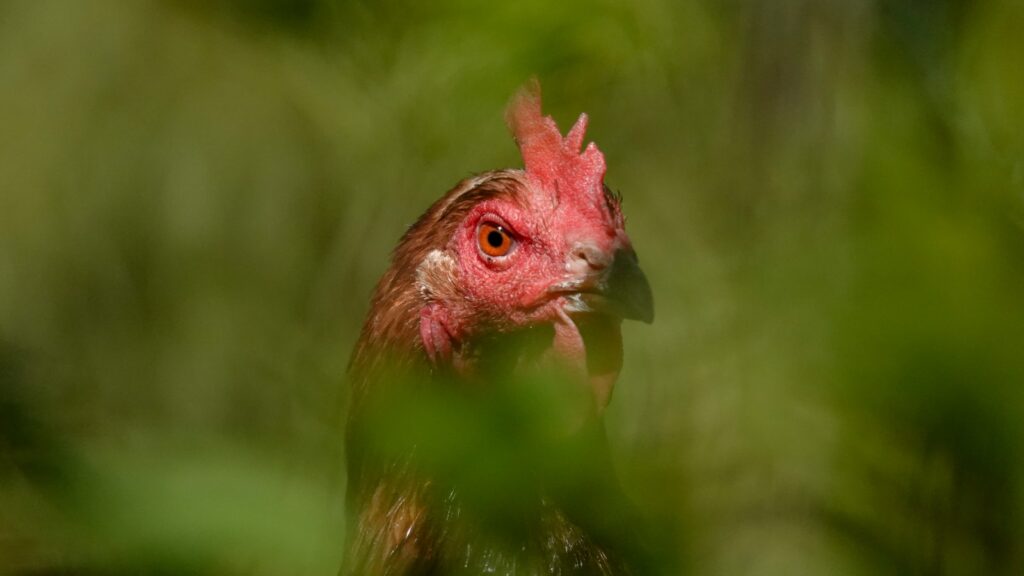
The discovery and study of chicken-sized dinosaurs have fundamentally transformed our understanding of dinosaur evolution and diversity. These pint-sized prehistoric creatures demonstrate that dinosaurs conquered every available ecological niche, from the smallest to the largest. They provide crucial evidence for the evolutionary transition from dinosaurs to birds and help explain how features like feathers and flight evolved. Rather than being merely smaller versions of famous dinosaurs, these chicken-sized species represent successful evolutionary experiments, each adapted to specific lifestyles and environmental conditions. As paleontological techniques continue to advance, we can expect to discover even more of these small-bodied dinosaurs, further enriching our understanding of the incredible diversity that characterized the Age of Dinosaurs.

